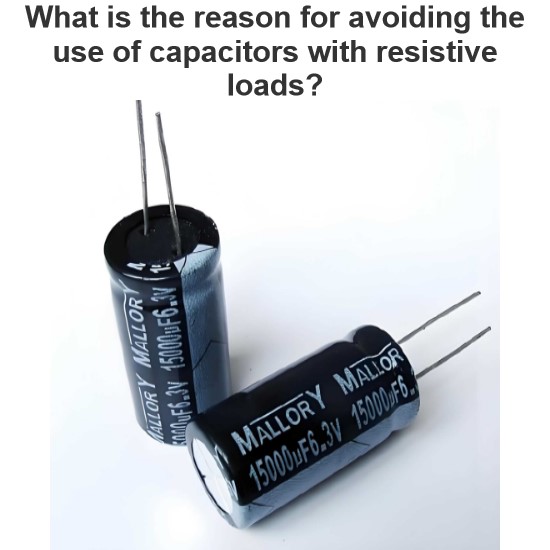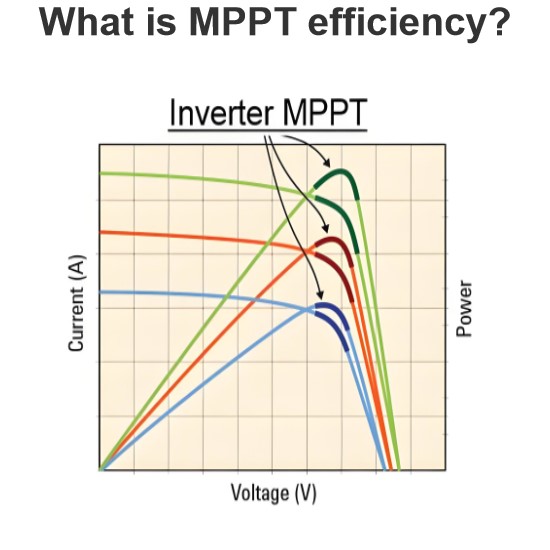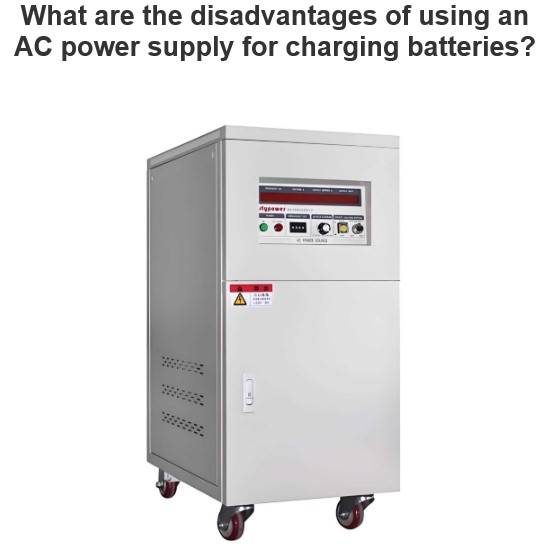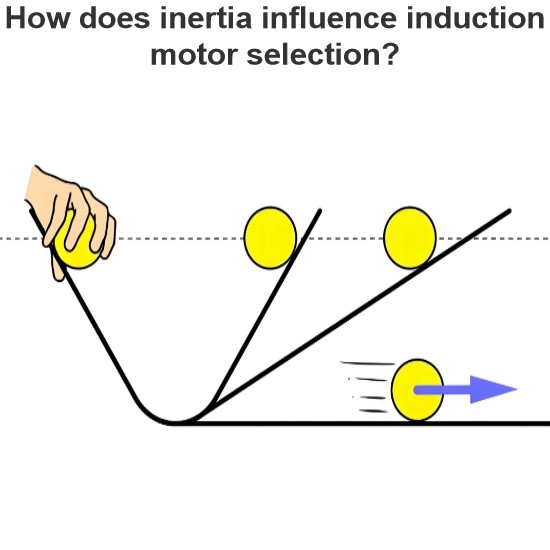What objects can become electromagnets when an electric current is passed through them?
When current flows through certain objects, they can become electromagnets. Electromagnets work by generating a magnetic field when an electric current flows through a conductor. Here are some common objects that can become electromagnets:
1. Iron-Core Coil
Iron Core: Iron is a common ferromagnetic material. When current flows through a coil wound around an iron core, the iron core becomes magnetized, forming a powerful electromagnet.
Coil: Typically made of copper wire or another conductive material, the coil is wound around the iron core or other magnetic material.
2. Nickel-Core Coil
Nickel Core: Nickel is another ferromagnetic material that can be magnetized. When current flows through a coil wound around a nickel core, the nickel core becomes magnetized, forming an electromagnet.
3. Cobalt-Core Coil
Cobalt Core: Cobalt is another ferromagnetic material. When current flows through a coil wound around a cobalt core, the cobalt core becomes magnetized, forming an electromagnet.
4. Soft Iron-Core Coil
Soft Iron Core: Soft iron is a material with high magnetic permeability that magnetizes easily and has minimal residual magnetism, making it suitable for use as the core of an electromagnet.
5. Alloy-Core Coil
Iron-Nickel Alloy: Iron-nickel alloys (such as Permalloy) have high magnetic permeability and low residual magnetism, making them suitable for high-performance electromagnets.
Iron-Aluminum Alloy: Iron-aluminum alloys are also commonly used magnetic materials for electromagnets.
6. Air-Core Coil
Air Core: Although air is not a magnetic material, when current flows through a coil wound in air, a magnetic field is generated around the coil. The magnetic field of an air-core electromagnet is relatively weak but suitable for certain specific applications.
7. Composite Material-Core Coil
Composite Materials: Certain composite materials (such as ferrites) have good magnetic properties and can be used to make electromagnets.
Working Principle
Current Through the Coil: When current flows through a coil wound around a magnetic material, a magnetic field is generated around the coil.
Magnetization of Magnetic Material: The magnetic field magnetizes the magnetic material (such as iron, nickel, or cobalt), forming a temporary magnet.
Magnetic Field Strength: The strength of the magnetic field depends on the current magnitude, the number of turns in the coil, and the properties of the magnetic material.
Applications
Electromagnets are widely used in various fields, including:
Electric Motors and Generators: Used to generate rotational torque and electricity.
Electromagnetic Cranes: Used to lift heavy objects, especially steel products.
Electromagnetic Relays: Used to control circuits.
Magnetic Resonance Imaging (MRI): Used for medical imaging.
Electromagnetic Valves: Used to control fluid flow.
Summary
When current flows through them, ferromagnetic materials (such as iron, nickel, cobalt, and their alloys) wound with a coil can become electromagnets. The strength of the magnetic field can be controlled by adjusting the current magnitude and the number of turns in the coil.
The Electricity Encyclopedia is dedicated to accelerating the dissemination and application of electricity knowledge and adding impetus to the development and innovation of the electricity industry.




